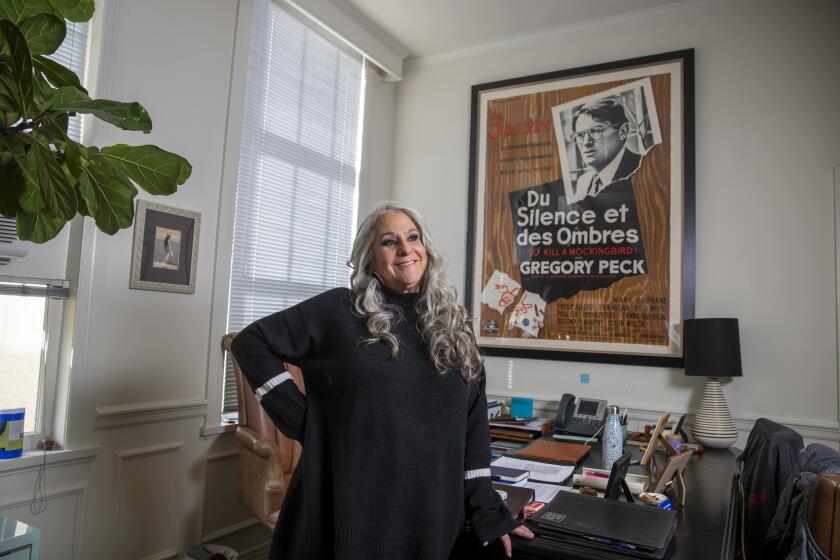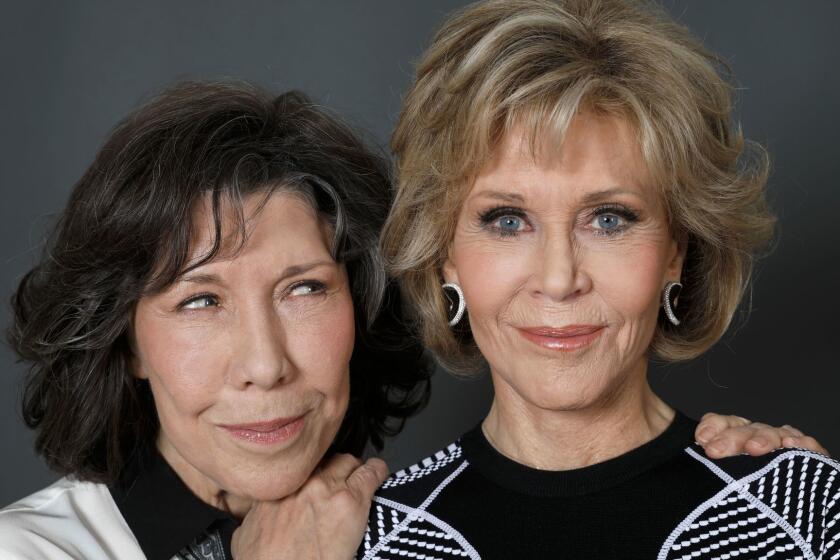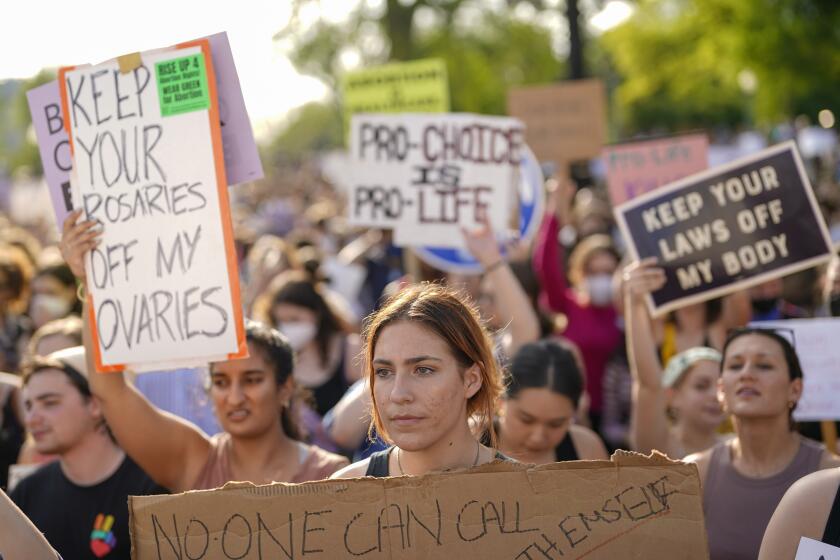Netflix’s longest-running show just ended. You wouldn’t know from the sendoff it got
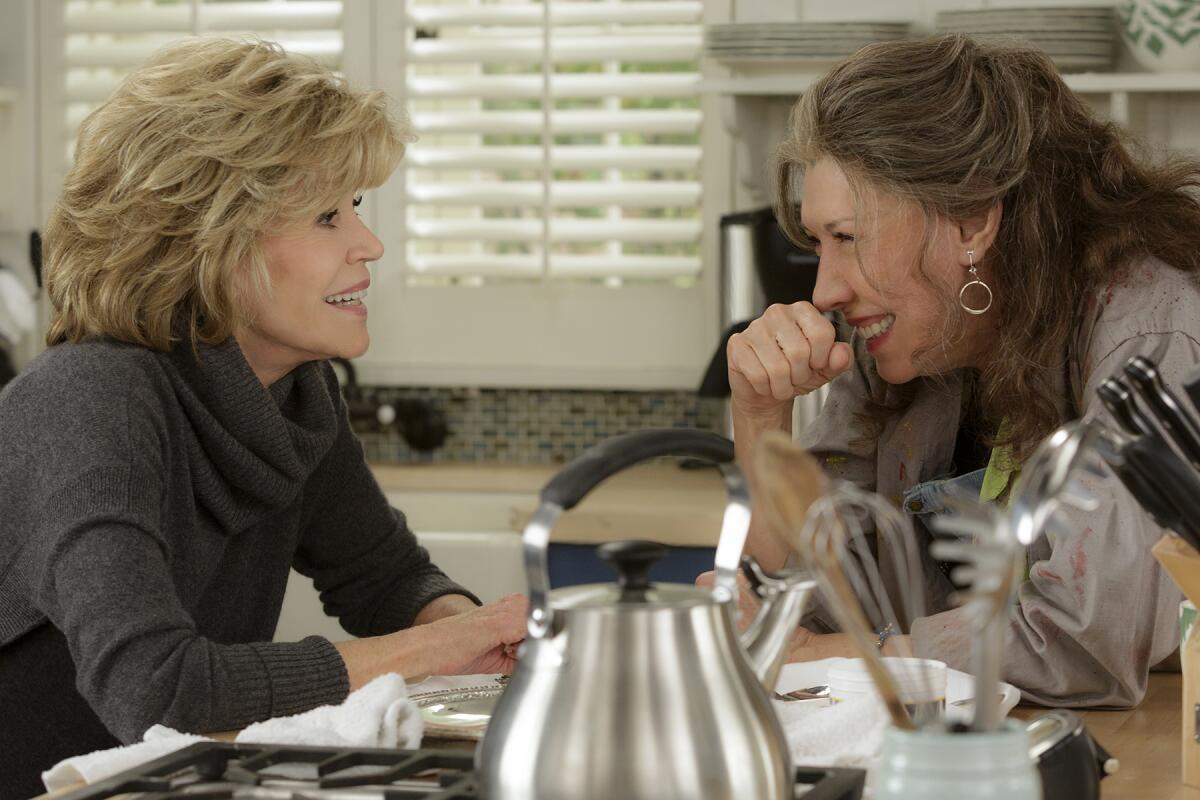
Marta Kauffman’s Netflix series “Grace and Frankie” came to an end last Friday, and I don’t think we are making a big enough deal over this.
Still sticking with its signature binge model, Netflix is not and never has been about finales, just as it has never been about premieres. After a brief moment in the sun of “Trending on Netflix,” each subsequent season of every show is simply shoved into the streamer’s overstuffed library, neither celebrated nor mourned.
“Grace and Frankie,” which stars Jane Fonda and Lily Tomlin and became, in absolutely related news, the streamer’s longest-running show, deserved something better, something special.
For seven years anyone with a Netflix password could spend hours watching two of Hollywood’s most brilliant performers nail first-class comedic banter and soul-raking revelations.
As women forced into friendship and second chapters when their law-partner husbands divorce them to marry each other, Fonda and Tomlin set a whole new and very high standard for the buddy comedy. The only person alive who can hit a one-liner as perfectly as Fonda is Tomlin. Together, they are a nail-gun symphony of hilariously ruthless repartee.
Running the Show: ‘Grace and Frankie’ creator Marta Kauffman on the end of the Netflix series, the prospect of a ‘Friends’ reunion, and more.
And if that weren’t enough, those ex-husbands-turned-husbands are played by Martin Sheen and Sam Waterston, with June Diane Raphael, Brooklyn Decker, Ethan Embry and Baron Vaughn playing the grownup (and more than slightly messed-up) kids. And we haven’t even gotten started on the midlife aspirational wardrobe choices or the Nancy Meyers-worthy interiors.
Grace (Fonda) and Frankie (Tomlin) aren’t out to save the world or reveal any grand conspiracy (other than society’s insistence that women over 70 should have the decency to quietly fade into the wallpaper). So maybe the show did not warrant the kind of media crescendo that preceded the end of “Game of Thrones” (I mean, look how that turned out). But surely Netflix could have conjured a catalog of quasi-caftans and exquisite white button-downs, or a national Old Broads Appreciation Day, or a Grace and Frankie Beach House Collection at Nordstrom. I don’t know; something.
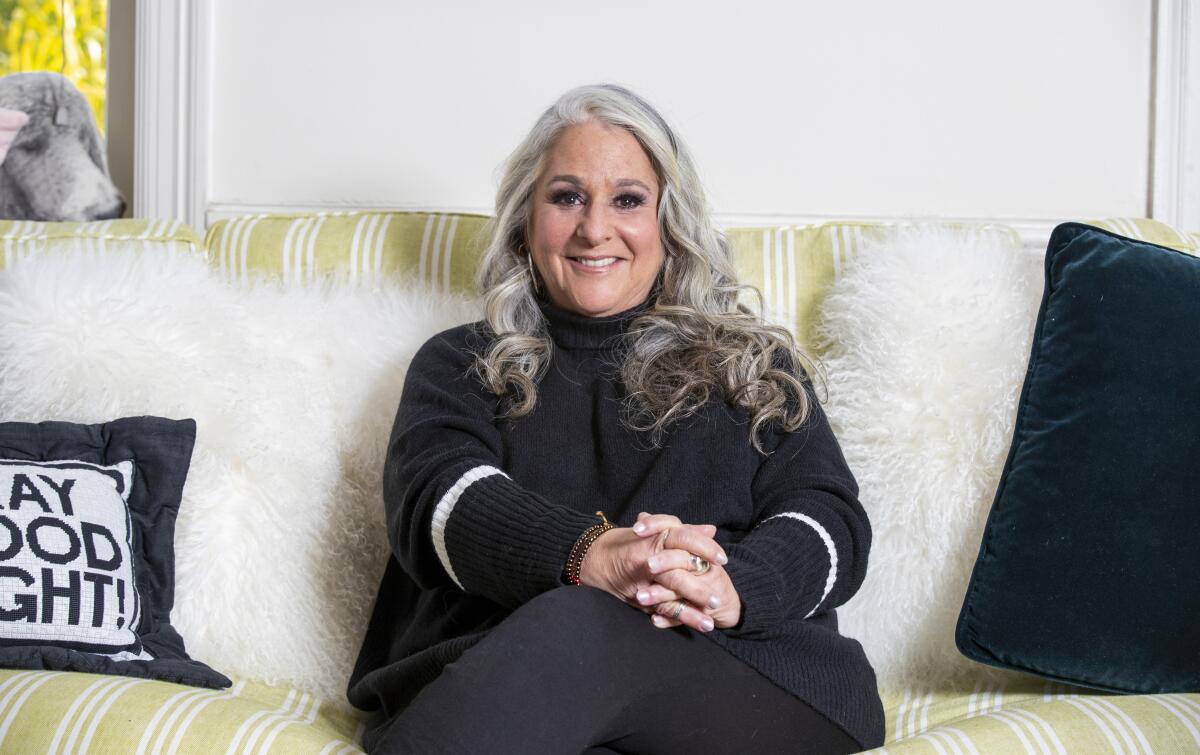
Interrupted mid-production by the COVID-19 pandemic, the seventh and final season of “Grace and Frankie” was delivered in two parts. The first four episodes debuted in August 2021, the last 12 on April 29, 2022. This at least gave fans time to pause and consider. To break out the yam-scented candles and extra-large martini glasses and pray that neither Frankie nor Grace would die in the finale, because that would make the possibility of, say, a movie sequel pretty small. (Hey, it worked for “Cagney & Lacey,” which had at least four follow-up movies after the series was canceled.)
Having dispensed in the first season with the women’s angry despair over being dumped and settled, by the second, into their acknowledged if still mutually exasperated friendship, “Grace and Frankie” took its cues less from “The Odd Couple” and more from “I Love Lucy” — if Desi and Fred had gotten married, leaving Lucy and Ethel free to discover themselves outside the confines, and safety, of marriage.
As the series evolved, so did the zaniness. In the finale episodes, Frankie and Grace take a trip to Mexico — and yes, a purple sequined sombrero makes an appearance — but even that storyline animates a sober truth about the lack of affordable medication, particularly for seniors.
Just as “I Love Lucy” became the first show to feature pregnancy and childbirth, “Grace and Frankie” dealt with topics that television — and American culture — too often either ignores or addresses with apologetic solicitude. Grace and Frankie build a business based on vaginal dryness (treated by Frankie’s yam lube) and the painful relationship between arthritis and masturbation (solved by an ergonomically correct vibrator). They start a second business in motorized toilet seats after Grace has a fall that leaves her unable to rise from a seated position without help.
Jane Fonda and Lily Tomlin are the kind of ladies who lunch while talking frankly about bionic body parts and joint diseases.
As Sol (Waterston) and Robert (Sheen) settled into the subplot of long-deferred, sweetly amazed and slightly crotchety marital bliss, Grace and Frankie had lovers and love interests who were depicted with the same range of passion and awkwardness you might see on a young-adult comedy. Sex is wonderful and absurd at any age.
As is friendship, which is the crux of the show. The arc of the series is not two women learning how to survive betrayal and divorce, or even two women helping each other achieve independence. It’s about two women finding in their friendship what was missing from their marriages — unconditional love and unwavering support. (OK, mostly unwavering; you are not going to make seven seasons of a show about friendship without having it waver a few times.)
It’s not a new theme — Kauffman co-created a little-known show called “Friends” that explored similar relationships — but watching these two women learn to love each other and themselves, including all the ugly bits, remains a revelation. That they did so at a time of life when by most measures of television, film and society, female characters should content themselves with slowly expiring in a haze of sage advice and adorable stubbornness — well, it’s enough to give a person hope.
By the final season, the main characters are approaching their 80s (just a few years behind the people who play them), so it is not surprising that Kauffman and her team decided to bring death and loss to the forefront. Fonda, Tomlin, Sheen and Waterston all look damn good for their ages (some helped out more extensively by cosmetic surgery than others) and appear to be in excellent health. But bodies age, mortality looms and “Grace and Frankie” takes the same approach to those human experiences as it did to vaginal dryness: reality acknowledged, but sweetened with humor and resilience.
I wouldn’t dream of spoiling the show’s finale except to say it is one of the better finales I’ve seen, and not just because Dolly Parton shows up for a brief and hallowed “9 to 5” reunion (though honestly, every television finale could benefit from an appearance by Dolly Parton). It ends, as it began, with love. Some pain too, but mostly love and out of love, possibility.
With any luck, someone will get working on those movie sequels right away. If not, it’s worth going back to the beginning and starting again, if only to watch Fonda and Tomlin show us how it’s done.
Most Americans support legalized abortion. But you wouldn’t know that from our popular culture, which reduced a woman’s choice to a political issue.
More to Read
The biggest entertainment stories
Get our big stories about Hollywood, film, television, music, arts, culture and more right in your inbox as soon as they publish.
You may occasionally receive promotional content from the Los Angeles Times.
